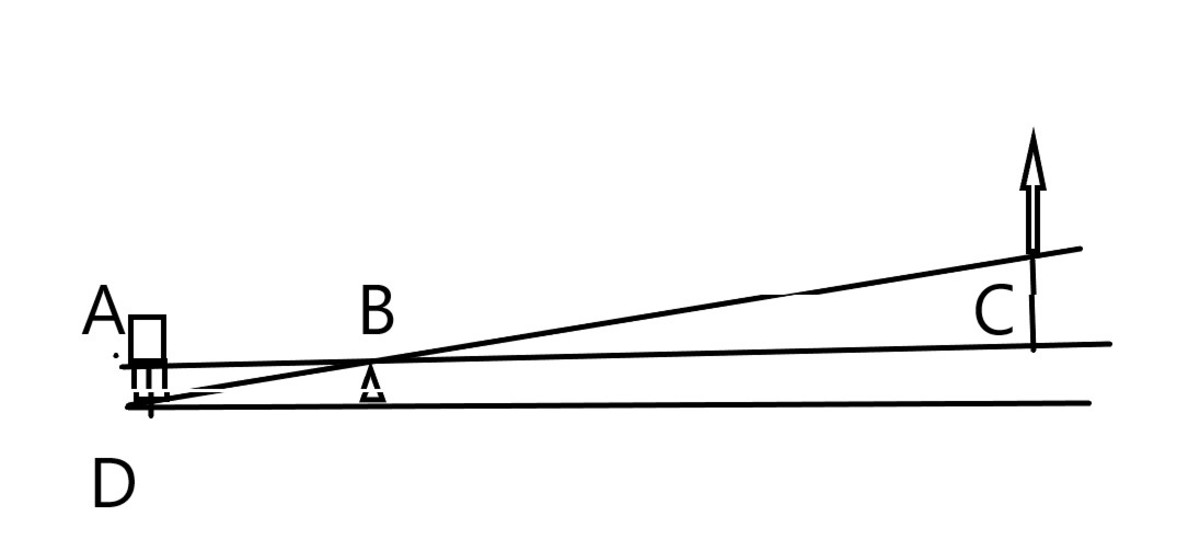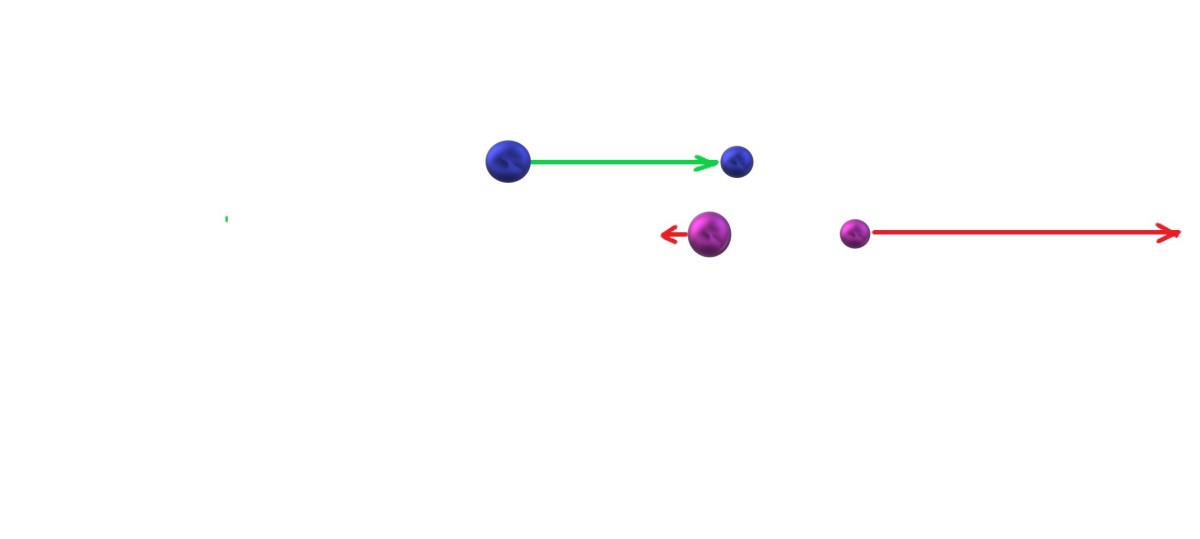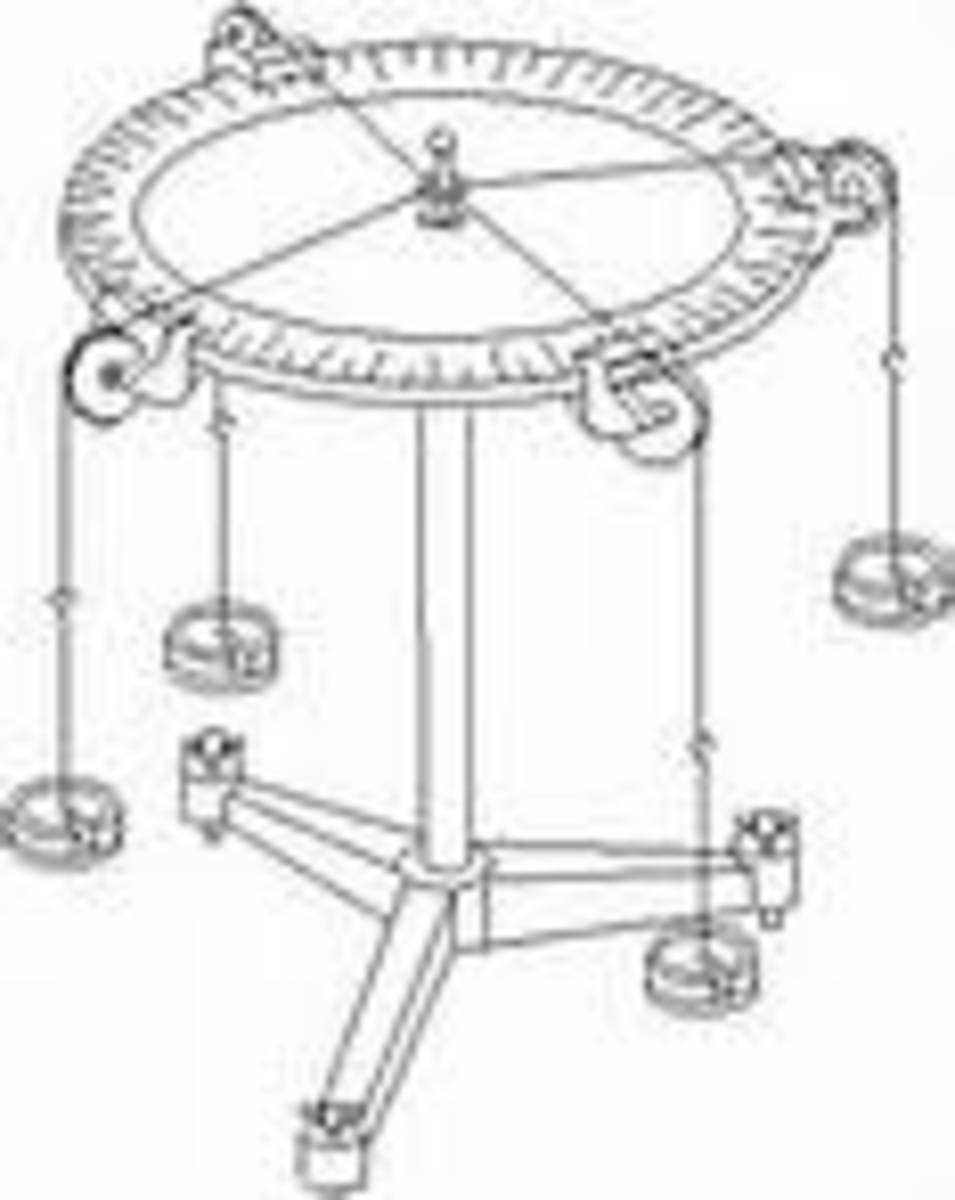Understanding Newton’s Three Laws of Motion and Applying them to Everyday Life
A British Scholar in the 17th century sits under a tree -- deep in thought about the mysteries of the Universe when all of a sudden an apple from the tree falls next to him. This the the common scenery associated with Sir Isaac Newton especially as it relates to the idea of gravity.
What makes things move? Why do they stop? Could they continue moving forever? Why can’t I jump off the earth? What pulls us down when we jump?
Such are very few of the massive number of questions that have run through the minds of many Scientists and Philosophers, including Isaac Newton.
Forces and Motion are the core of Macro-Mechanics -- Classical Mechanics. Isaac put forward theories relating to forces and motion, which eventually became laws. They are famously known as the Laws of Motion. All three laws are deeply connected, and if we understand them then there’s a lot we can begin to explain and apply.

Law #1 -- The Law of Inertia
A body will retain its state of motion unless interrupted by an external force. In other words, if a body is at rest, it will remain at rest unless disturbed by a net force. Also, a body that is moving will continue to move with constant velocity in a straight line (therefore with zero acceleration) unless acted upon by a resultant force. This idea, this law, is also spoken of as the ‘Law of Inertia’. Inertia is the ‘stubbornness’ of a body to change from its state of motion. Just think of a large boulder -- What a tough bastard it is to move! ...and what about a trailer moving with high speed on a highway -- what could stop this easily? This first law may seem out of place based on our everyday experiences, but when you really understand it, look into it and apply it, you’ll see.
The design of the seatbelt is based on the Law of inertia. You are sitting in the front seat of a car, and the driver suddenly hits the brakes. What will happen to you? You will move forward. In fact, there are cases where passengers crash through the windscreen getting flung meters away from the car. That is their inertia in action. The seatbelt will provide that interrupting force that stops a person from continuing in motion, bringing the person to a sudden stop -- though it may be a bit painful. Airbags provide a similar function, and they too are an application of Newton’s 1st Law.

Law #2 -- F = ma (External Force)
The external force applied on a body is proportional to the body’s mass and acceleration. In fact the external force is a product of the body’s mass and acceleration. This law can be translated mathematically as:
F = ma, where F is the resultant force, m is the mass of the body and a is the acceleration of the body. If there is no external force on a body, then that body will remain in its state of motion -- either continuing in motion in a straight line with constant velocity (i.e. no acceleration) or remaining stationary.
Example:
If a soccer ball of mass 0.45 kg is moving at 25 meters per second squared, what is the force that it was kicked with?
Kicking Force = Mass of soccer ball x acceleration of soccer ball
F= 0.45 kg x 25 m/s2
= 11.25 kgm/s2
= 11.25 Newtons
Newton’s 2nd law is a continuation of the 1st law, and describes what happens when an interrupting force affects a body. This is what we are accustomed to in everyday life. There are external forces all around that interrupt the motion of bodies, including ourselves. If we jump, we don’t continue moving upwards. We quickly hit the ‘glass ceiling’ and fall back to the ground of Earth. Gravity is the net force acting on us, interrupting our motion. If it wasn’t for this mysterious force, we would continue to move upwards towards outer space until some other force acts upon us. Who would like that? Other common external forces include: friction and air resistance. Some external forces may speed us up (accelerate us) and some may slow us down (decelerate us). Whichever the case, the external force is still a produce of the mass and acceleration/deceleration of the body.

Law #3 -- Action-Reaction Law
If object A exerts a force on object B, object B will exert an equal and opposite force on object A. This is a universal principle of mechanics, and is typically the favorite law among many students. It’s easy and more intuitive than the other two. It’s known as the ‘Action-Reaction’ law.
Try pushing against a wall as hard as you can, as if you were the Incredible Hulk. What will happen? I doubt the wall will crash to smithereens, but you will find yourself moving backwards as you push. The wall is resisting your force. In a way it’s ‘reflecting’ your force. In theory the force that is causing you to move backwards is equal and opposite to the force you originally applied to the wall. Therefore: Push on wall = resistant force on person.
Understanding Newton's Laws can open up the world a bit more to you
Newton’s laws can really open up your understanding of forces and motion. This is what is known as Dynamics. If we were to analyze the motion of bodies without reference to the forces acting upon them, this would be Kinematics. It’s upon these laws that further studies have progressed. Remember that these laws apply to the macroscopic dimension of our world. The microscopic dimension is another thing! Subatomic particles apparently defy Newtonian Mechanics! This strange world -- Quantum Mechanics.








